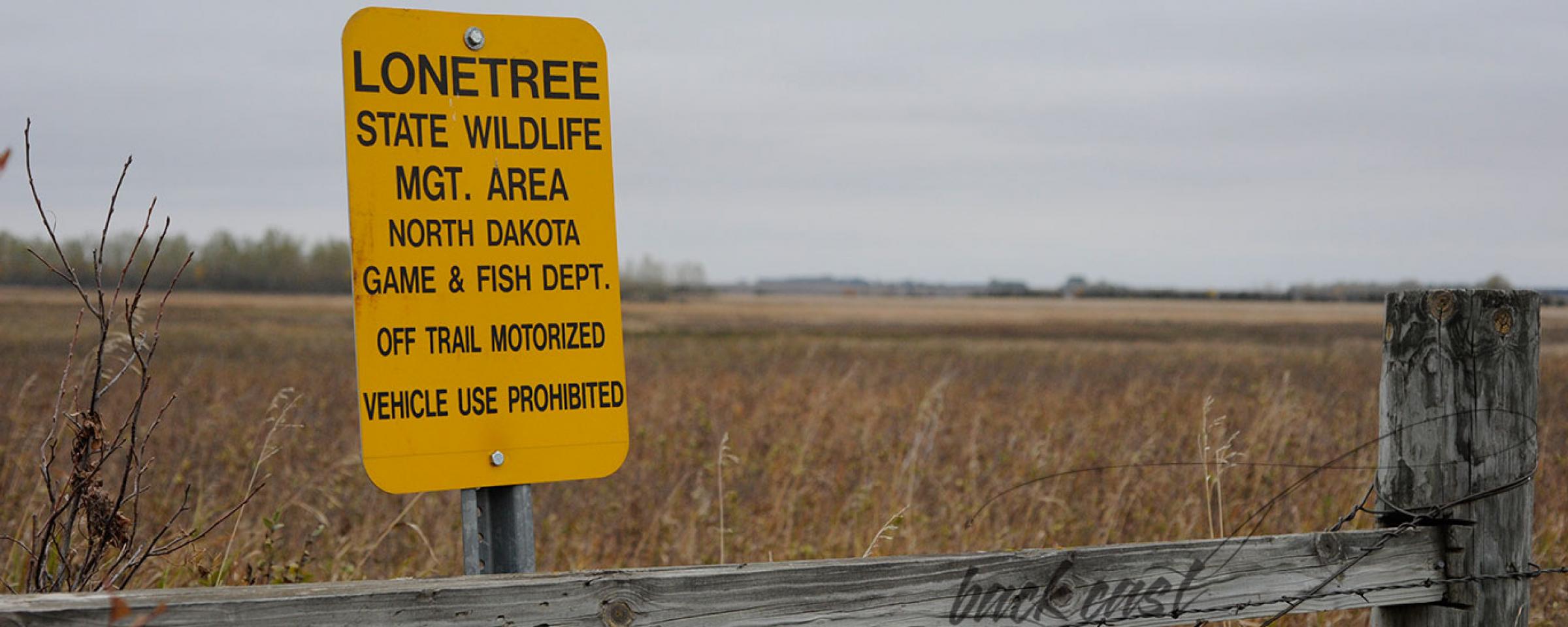
Back Cast
If you haven't read the article beginning on page 17 regarding the U.S. Fish and Wildlife Service's announcement that the subspecies of moose found in North Dakota and three other states may warrant protection, please do.
I'll wait.
The way I understand it, it will take a number of years for federal wildlife officials to make their call about the fate of this subspecies here and elsewhere. Yet, in the interim, things are unlikely to change with moose in North Dakota anytime soon, if at all.
Meaning: North Dakota will hold a moose hunting season this fall, with a record 202 licenses being allotted to hunters, and the fall after that.
Business as usual.
My father-in-law, Jim, drew a cow moose tag in Unit M9 in 2007. We felt like it was a big deal then, and that opportunity to hunt one of the state's three once-in-a-lifetime big game animals remains a big deal today.
We started scouting weeks before the moose season opener in early October, basing out of a campground at Lonetree Wildlife Management Area.
We spent the first two weekends of the sharp-tailed grouse season chasing birds with dogs, and glassing areas in early morning and evenings where we were told moose liked to frequent.
The grouse opener was a wet mess. It rained most of the day, and hustling up any game was difficult. By day's end, our tally was one dead grouse and one small bull spotted in the distance.
If you read the harvest statistics of moose hunters in North Dakota, no matter the year, really, you quickly realize that the majority of hunters who were lucky enough to draw a license, also went home with their license notched and slipped through an ear or wrapped around a palmate antler.
Understanding this does a couple things: It gives you hope that a good opportunity to shoot a moose will come for the hunter in your party holding the license. Yet, it also gets you to wondering that if the stars don't align if he will fall into the minority.
Jim landed in the majority on opening morning. He shot an adult cow 4 miles east of camp as the crow flies.
The cow had a yellow tag in her right ear, indicating that she was part of a movement study of the resident moose population at Lonetree. Her number was 26. She was one of five cows marked for the study.
Turned out, we wished her movement would have taken her a lot closer to the road in the end. We quartered the moose and made five trips to a dirt road with a one-wheel game cart. The head and hide came out last.
It's something we'll never forget, from the scouting to the skillet. And with a "stable to increasing" moose population in the state, maybe someone else in our hunting family will get to pull the trigger on a moose someday.
